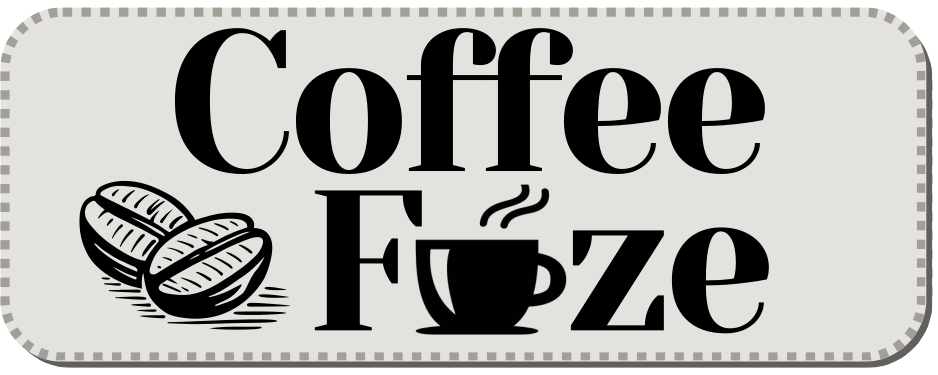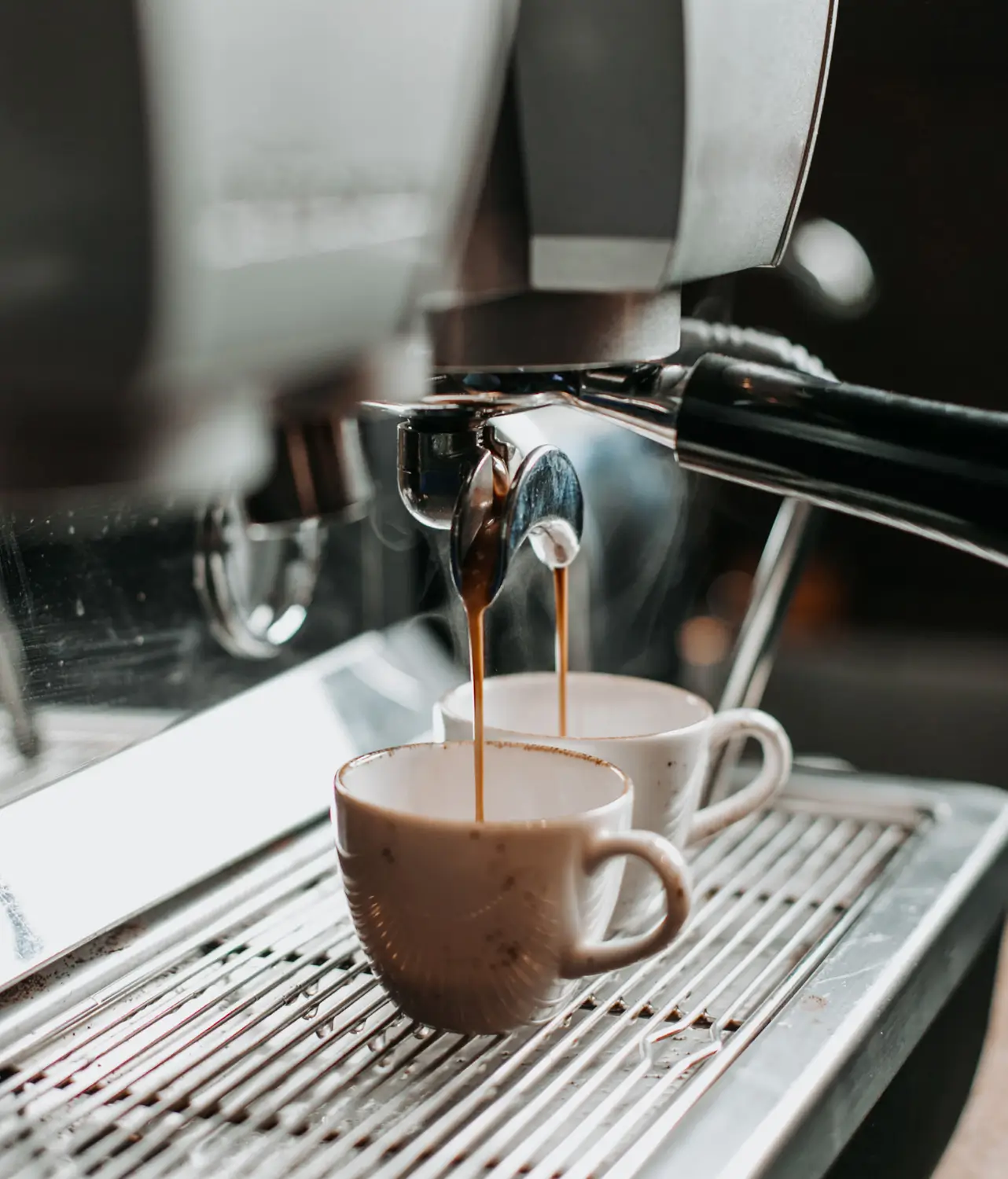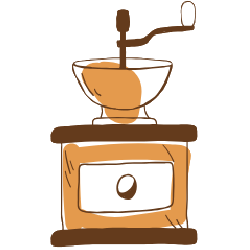When you ask for a regular coffee, you probably picture something simple, something everyone understands. But that term holds a surprising twist, doesn’t it? Its meaning actually shifts quite a bit depending on where you are and the local coffee scene. What you think of as your everyday brew might be completely different for someone else. We’re going to look into this intriguing idea, seeing how people make their regular coffee, the beans they use, its caffeine kick, and how it’s understood across different regions and cultures.
- What exactly is regular coffee?
- How do you typically make regular coffee?
- What coffee beans make up your regular coffee?
- Regular coffee versus other popular coffee drinks: what’s the difference?
- Caffeine in regular coffee: what to expect?
- Regular coffee around the world: a global perspective
- The evolving definition of your daily brew
What exactly is regular coffee?
Here’s the thing: regular coffee doesn’t have one set definition. Its meaning changes depending on where you are, local dialects, and the everyday coffee culture. It’s an ambiguous term because it usually refers to what people are used to, the typical way coffee is prepared and enjoyed in a certain spot – not a specific type of bean or roast. That’s why what’s regular in one town can be totally different in another.
Regional takes on regular coffee
Often, regular coffee points to a specific way of preparing it, usually with some add-ins, and this changes a lot by region. It really shows how deeply local habits shape our coffee routines. People just have different ideas about their daily brew.
- Head to New York or parts of Eastern Massachusetts, and when you ask for a regular coffee, expect coffee with milk (or cream) and two sugars. That’s just the default there.
- In Canada, a regular coffee means one cream and one sugar. It’s a classic Canadian approach, offering a consistent experience.
- But in some other United States regions, regular coffee simply means a plain black coffee, no fuss, no add-ins. They just want it unadulterated.
Think of it this way: the term highlights the default or easiest way people in that specific place usually drink their coffee. It’s all about the local habit that defines the everyday coffee experience.
Regular Coffee versus Specialty Coffees
When we talk about regular coffee we’re usually thinking about standard, mass-produced brewed coffee. It stands apart from specialty coffees. You’ll often find commodity-grade beans here, which roasters typically take to a darker roast. This gives it a more general flavor profile, missing the subtle notes and complexity you’d find in higher-grade beans.
How do you typically make regular coffee?
Making regular coffee usually means brewing ground beans with hot water. It’s all about simplicity and being widely available. People love these common methods because they’re easy and accessible. They give you that familiar taste you expect from your daily cup.
The drip coffee method for regular coffee
Drip coffee is a super popular and easy way to make your regular coffee. This includes everything from your automatic machine at home to manual pour-over setups. Here’s how it works: you pour hot water—ideally between 90°C and 96°C (194-205°F)—over medium to medium-coarse ground coffee in a filter. Gravity then pulls the water through the grounds, pulling out all those flavors and oils. The brewed coffee drips right into your carafe or cup, giving you a clean, smooth drink. It’s a favorite for homes and cafes alike.
The French press method for regular coffee
The French press offers another popular way to make regular coffee, giving you a distinct flavor and body. This is an immersion process: you steep coarse coffee grounds in hot water for about 4 to 5 minutes. Once it’s done steeping, a plunger with a mesh filter pushes the grounds away from your brewed coffee. This method usually gives you a fuller-bodied, stronger-tasting coffee because the grounds stay in contact with the water for the whole brewing time.
Brewing factors for regular coffee
A few things really matter when you brew regular coffee. These factors change how your cup tastes and how strong it is. Knowing them helps you get a consistent, enjoyable brew every time.
- Ground Size: How fine your coffee grounds are really affects extraction. Go coarser for a French press; stick with medium grounds for drip or pour-over.
- Water Temperature: Aim for water between 90-96°C (194-205°F). Too hot, and you risk burning the coffee, making it bitter. Too cool, and you’ll under-extract it, leaving you with a weak flavor.
Make these small tweaks, and you can really fine-tune the taste and smell of your homemade regular coffee.
What coffee beans make up your regular coffee?
When you’re drinking most regular coffee, you’re usually getting either Arabica beans or Robusta beans. These two types really run the global coffee market. Each brings its own distinct qualities, creating the wide range of flavors we find in our daily cups.
Arabica beans: the global favorite for regular coffee
Arabica coffee beans are the most popular choice out there, making up about 60% of all coffee produced globally. They come from Ethiopia and everyone knows them for their smooth, mild flavor. People often describe their taste with notes like sweet, fruity, or nutty. Because they’re such high quality and so versatile in flavor, you’ll find Arabica beans in most brewed coffee, making them the go-to for many of us.
Robusta beans: the stronger contributor to regular coffee
Robusta beans make up about 40-45% of global coffee production, and they offer a totally different taste from Arabica. These beans give you a stronger, more bitter, and earthy flavor, plus a higher caffeine content. You’ll find growers cultivating Robusta mainly in places like Vietnam and Brazil. People often use Robusta beans in blends and espresso because of their bold characteristics and how well they create a rich crema.
Why do we see so many blends in regular coffee?
Most regular coffee often combines Arabica beans or mixes of Arabica-Robusta. Arabica beans stay the go-to for a smooth, everyday brewed coffee because of their pleasant taste. But producers often add Robusta to blends. This helps balance the flavor, boost strength, and keep costs down. It’s a smart way for coffee companies to create consistent, affordable products for everyone to enjoy.
Regular coffee versus other popular coffee drinks: what’s the difference?
| Aspect | Regular Coffee | Specialty Coffee | Espresso | Latte |
| Bean Quality | Mass-produced, lower grade | High-quality, carefully sourced | High-quality espresso roast | Espresso shot + steamed milk |
| Roast Level | Often darker | Variable, optimized for bean flavor | Medium to dark (espresso roast) | Same as espresso |
| Brewing Method | Drip, pour-over, etc. | Various precise methods | Pressure extraction (espresso) | Espresso + steamed/frothed milk |
| Flavor Profile | Simpler, bitter, consistent | Complex, nuanced, region-specific | Intense, concentrated, bold | Creamy, mild, with milk sweetness |
| Serving Size | 8-12 oz or more | Variable | 1-2 oz shot | 8-12 oz with milk |
| Texture | Thin, watery | Varies | Thick, crema-topped | Velvety, creamy foam |
A closer look: Regular Coffee versus Specialty coffee
The difference between regular coffee and specialty coffee comes down to a few things. Regular coffee usually uses mass-produced, lower-grade beans, which roasters often take to darker roasts. It aims for a simpler, often bitter flavor profile, with notes like chocolate or nuttiness. The focus is on consistency and keeping it affordable. On the other hand, specialty coffee means high-quality, carefully sourced beans. Roasters fine-tune the levels to bring out complex, subtle flavors – think fruity, floral, or spicy notes. These coffees offer balanced acidity and distinct characteristics, all thanks to careful cultivation and processing. You can learn more about this difference here.
Regular Coffee versus Espresso: strength and concentration
Regular coffee and Espresso are quite different in how you make them, their strength, and their serving size. Espresso is a concentrated shot, created by forcing hot water through finely ground beans. This gives you an intense flavor, a thick texture, and that classic crema on top. You’ll usually get a small serving, just 1-2 ounces. Regular coffee, on the other hand – often made with drip or pour-over methods – has a thinner texture and comes in a much bigger cup, typically 8-12 ounces.
Regular Coffee versus Latte: what about milk?
Regular coffee and a Latte give you very different drink experiences, especially when it comes to milk and taste. A Latte combines an Espresso shot with steamed milk and a thin layer of foam. This creates a creamy, milder flavor, usually in a larger 8-12 ounce serving. Regular coffee, however, usually comes black. You can then add milk or sugar as you like, giving you a less creamy, more coffee-focused taste.
Caffeine in regular coffee: what to expect?
The caffeine content in your regular coffee gives many of us that welcome energy boost. But this level isn’t always the same; it can vary quite a bit based on a few things. Knowing these differences helps you keep tabs on your daily intake.
Average caffeine levels in regular coffee
An average 8-ounce cup of regular coffee typically has about 95 to 100 milligrams of caffeine. Think of this as a general rule for your typical brewed coffee. Of course, individual cups might vary slightly depending on how it’s made and the beans used.
What influences the caffeine in your regular coffee?
The amount of caffeine in your regular coffee can change based on several influencing factors. These elements all work together to determine how much of that stimulant you get. Small adjustments to these things can subtly shift your coffee experience.
- Type of Beans: Arabica beans usually have less caffeine than Robusta beans. If your blend uses more Robusta, you’ll typically get a bigger caffeine kick.
- Roast Level: Lighter roasts tend to hold onto a bit more caffeine than darker roasts. The roasting process itself can reduce some of the caffeine.
- Brewing Method: Methods that involve longer brewing times, finer grinds, or hotter water will extract more caffeine. For example, a French press might give you more caffeine than a quick drip coffee.
- Serving Size: This one’s simple: a bigger cup means more overall caffeine. An 8-ounce cup is very different from a 16-ounce mug.
These variables help explain why your morning cup might feel different from one day to the next. For more details, check out our guide on Caffeine Levels in Coffee.
Regular coffee around the world: a global perspective
The idea of regular coffee looks remarkably different across the globe. It really reinforces how regional and culturally shaped our coffee habits are. What counts as a typical cup changes a lot from one country to another. This global view highlights the rich and diverse coffee practices worldwide.
What counts as regular coffee in the United States?
In the United States, regular coffee usually means standard drip-brewed coffee. People tend to drink it black or add cream and sugar just how they like it. We often focus on convenience and consistency for our daily coffee, less on fancy artisanal qualities. It often uses a mix of Arabica and Robusta beans.
Mexico’s warm embrace of Café de olla
In Mexico, Café de olla is their traditional regular coffee giving you a truly flavorful experience. This authentic brew involves making coffee in clay pots with fragrant spices like cinnamon, cloves, and cane sugar – sometimes even a hint of chocolate. The way they prepare it, along with its distinct ingredients, gives it deep cultural meaning. It’s far more than just a simple black coffee.
The richness of Turkish coffee in Turkey
In Turkey, Turkish Coffee is absolutely synonymous with regular coffee It’s a huge part of their culture. You prepare this distinct brew by slowly cooking finely ground coffee on a stove in a traditional cezve, creating a rich foam. Drinking it is a core part of social gatherings and rituals – it’s much more than just a daily drink.
The simplicity of ブラックコーヒー (Burakku Kōhī) in Japan
In Japan, ブラックコーヒー (burakku kōhī)—that’s just black coffee with nothing added—often counts as the regular coffee You’ll often see this preference for simplicity in traditional Japanese cafes, called kissaten. People there truly enjoy the pure taste of coffee, without milk or sugar to mask it.
Regular coffee habits in other regions
Lots of other countries have their own distinct, everyday coffee habits that define regular coffee locally. These customs really show off deeply rooted traditions, different brewing methods, and the specific flavors people expect in each area. Take Finland, for example: coffee drinking is a very frequent and social activity there. Their standard brew forms a cornerstone of daily life and community interaction.
The evolving definition of your daily brew
So, we’ve seen that what is regular coffee really is a fluid, context-dependent term without one universal definition. It might mean a default regional preparation—often with milk and sugar—or simply refer to standard brewed coffee, setting it apart from specialty coffee. The term always reflects the customary daily brew, showing local traditions and preferences worldwide. I hope you’ll appreciate the huge diversity of coffee experiences out there. Maybe even try some new regular options to expand your palate.









